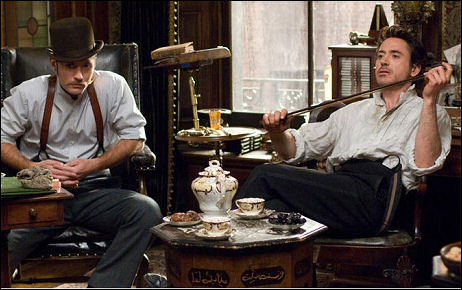Envelope columnist Scott Feinberg interviewed Girlfriend Experience star Sasha Grey six and a half days ago — Thursday, 4.30 — at the Edie and Lew Wasserman Cinematheque on the Brandeis University campus. It’s a fairly intriguing piece. Feinberg is polite and respectful but professionally direct at certain points in the chat. Grey comes off as shrewd, mature, intelligent and — sorry — faintly tragic. Because she works in an icky industry filled with untalented and under-educated people, and because no porn star has ever walked away from it intact.
“Early word of Grey’s impending visit set the city of Boston abuzz,” Feinberg writes, “and — as we learned via blogs, Twitter, talk radio and newspaper columns — she is not someone who engenders mild feelings.
“Some said they had never before heard of or seen her; others said they had heard and seen a lot of her. Some said they vehemently disapproved of what she did for a living; others said they couldn’t get enough of her work. Some were outraged that a prestigious university would invite her to visit its campus and that a respected publication would want to interview her; others — especially the 300 students who managed to snag a ticket to the event — were just plain happy that we did.
“So why did we? Well, to clear things up, for two main reasons: (1) The Girlfriend Experience is a significant film, and (2) Grey is, in her own way, a significant filmmaker.”
Has anyone ever watched any of Grey’s films? I finally did last weekend, for a bit. As long as I could stand it, I mean. There’s really only one word for what I saw — ugly.
Not to finish on an argumentative note, but why did it take the L.A. Times tecchies six days to post this? Why didn’t they have it up the next day or by last weekend, or at least by last Monday? Steven Soderbergh‘s film has been on-demand since last weekend but it doesn’t open until 5.22 so the piece wasn’t delayed to coincide with a weekend opening.
I’ll tell you why. Because the L.A. Times tecchies are notoriously slow and bureaucratic when it comes to getting things done. (Staffers and freelancers routinely groan and roll their eyes about their shortcomings — trust me.) And, I suspect, because they prefer not to work on weekends. And when they come to work on Monday it takes them a long while to get rolling. Because they spend huge portions of their work days in meetings.
Web reporting has to turn around within hours, or certainly within a day. The L.A. Times just doesn’t get it. They’re competing in a 24/7 web world, but they’re still behaving in some ways like print.
And why is the video so pixellated and awful looking? Did the guy at Brandeis shoot this on a cell phone? And why do the Times tecchies make it difficult to grab a video embed code? Why do they make you click on “Page Source” and scroll down and scrounge around for the code?
Rewind: After catching The Girlfriend Experience at Sundance on 1.20, I wrote that “it smacks of right-now verite, is smartly written and very well made. (And recently shot also with all kinds of references to the Obama-McCain race and the economic meltdown.)
“No one would call it the stuff of high Shakespearean drama, but I wasn’t bored for a second. It’s smallish and low-key like Soderbergh’s Bubble but set in Manhattan and focusing on a very pretty upscale prostitute and the various men in her life — boyfriend, journalist, sleazy erotic website editor, high-rollers looking to buy her favors, etc.
“I presume that everyone reading this knows that Soderbergh is far too dry, ironic and circumspect to be a provider of hot sex scenes or even mildly suggestive ones (as in, say, Alan Resnais‘ Hiroshima Mon Amour). He maintains a cool distance in this regard at all times, which is welcome considering the appearance of Grey’s clients. Some of them, I mean. Two or three inspired a prayer from yours truly: ‘Please, God, I don’t want to see any middle-aged butt cheeks or bloated stomachs or funny-looking feet.’
“Soderbergh frames most of The Girlfriend Experience with static medium and long shots — there are almost no close-ups. He said during the q & a that the photography in Michelangelo Antonioni’s Red Desert was an influence.
“Grey, a real-life porn star, isn’t as much of an actress as she could be. Scene after scene requites her to keep it all locked inside, and she’s good at that. I hate to say this because it makes me sound small, but it seems fair since Frey is presenting herself as an object of desire: her feet are too big.
“Grey’s live-in boyfriend is played by 30 year-old Chris Santos, who delivers reasonably well in a somewhat layered and mildly challenging role.
“I didn’t know what the title meant until I looked at The Girlfriend Experience IMDB page. A trivia notes posting says that ‘a call girl advertising the provision of a girlfriend experience is implying that she provides deep French kissing, full service intercourse with protection, and oral sex without protection.’
“This reminded me of the services that Ashley Alexandra Dupree allegedly provided (or were sought out by) former New York Governor Eliot Spitzer.”




